Trying to change your brake fluid in the garage over the weekend, only to find you can’t get the air out and the brake pedal feels spongy?
Busy auto shops leave you exhausted after a long day of slow, labor-intensive fluid changes?
Out on an off-road trip, your tools either don’t work or fail to fully bleed the brakes?
Using a professional brake bleeder or brake fluid exchange machine (like the Foxwell RT1000 ) can significantly reduce effort and risk—especially for single-person operations or DIY home mechanics.
This article draws on real user experiences from Reddit, BobistheOilGuy, SVTPerformance, and authoritative guidelines to help you find the best brake bleeder or fluid exchange machine for your needs.
Common Brake Bleeding Problems and User Scenarios
DIY Car Maintenance / Single-Person Operation
Many car owners want to change their brake fluid themselves, but manual operation often leaves air trapped in the system. For example, failing to top up fresh fluid in time or opening and closing the caliper bleeder valves in the wrong order can introduce air into the brake lines.
Once air enters, the brake pedal feels “spongy,” brake response is delayed, and in severe cases, braking safety can be compromised. For a single person, coordinating “pressing the pedal, opening the valve, and topping up fluid” at the same time doubles the difficulty and increases the chance of mistakes.
Many DIY users on forums have shared their experiences. One common pain point is the need for a helper when manually bleeding brakes.
SVTPerformance users: This pain point is exactly why most forum members switched to single-person tools like Motive or Foxwell—they eliminate the need for a helper, with one user noting, “No more having the wife out in the shop standing on the pedal.”
Automotive Repair Shops
Using traditional manual methods for bleeding brakes is time-consuming and prone to fluid leaks. Even a skilled technician may spend 10–15 minutes bleeding one car. In a busy shop handling dozens of vehicles per day, this slows down productivity. Moreover, brake fluid often leaks around the bleeder valves during manual bleeding, wasting fluid, potentially damaging the workshop floor or vehicle paint, and requiring extra cleanup time.
Electric / Hybrid Vehicles
For electric or electronically controlled braking systems, brake fluid replacement requires more advanced tools. High-pressure systems and electronic controls demand equipment that can precisely manage pressure while preventing air from entering the system. For single-person operation, an automatic closed-loop device is the preferred choice, ensuring both safety and thorough fluid replacement.
High-End / Professional Users
For professional workshops prioritizing efficiency and safety, closed-loop automatic equipment is ideal. These devices prevent air from entering the system and can handle a wide range of vehicle types.
Recommended Models and Kits

Primary Recommendation: RT1000 Automatic Brake Bleeder Kit
The Foxwell RT1000 (Automatic Brake Bleeder Kit Dual Pulse Vacuum Brake Fluid Exchanger with Pressure Gauge) is a standout choice that combines single-person operation, high-efficiency closed-loop performance, and safety—perfect for DIY enthusiasts, professional workshops, and even vehicles requiring precise fluid exchange (including electric/hybrid models).
Its core advantages align with real user needs for simplicity and reliability:
Foxwell RT1000 Key Features
- All-in-one automatic operation: One-click start, dual pumps, adjustable pressure (0.3 MPa max) with clear gauge, and low-fluid auto-shutoff for safe, solo operation.
- Efficiency boost: Dual sub-pumps allow simultaneous fluid replacement, turning a 2-person job into a single-person task and fully flushing old fluid.
- Practical design: Withdrawal device removes excess fluid to prevent corrosion, supports 110V/220V, and works with most vehicles (adapters recommended for some American/Asian models).
Other Options (Based on Reddit, BobistheOilGuy, SVTPerformance Forum Feedback)
Speed Bleeders: Manual, single-person operation tool suitable for DIY users. Reddit users note that the spring-loaded valve design eliminates the need to constantly open and close the bleeder, making bleeding easier and reducing the risk of air entering the system. BobistheOilGuy users also confirm that Speed Bleeders work reliably on older vehicles and are convenient for single-person operation. Drawback: lower efficiency, best for occasional home use.
MityVac (Vacuum / Pressure): MityVac offers models that work with an air compressor or as combined vacuum/pressure systems. It attaches to the bleeder valve for easy single-person operation. Users report it efficiently handles caliper or brake line changes in 10–20 minutes and can also extract other fluids. Drawbacks include monitoring the master cylinder to avoid running dry, checking seals for leaks, and some models being harder to clean due to a fixed top.
Motive Power Bleeder Kits (Model 0107 / Pressure Style): Pressure-based closed-loop system recommended by forum users, ideal for shops or single operators handling multiple vehicles. Feedback shows it maintains stable brake system pressure and ensures thorough fluid exchange, even for rear drum brakes with residual pressure valves. Drawback: higher cost and more complex cleaning and maintenance compared to manual tools.
DIY Tube + Bottle Method: Low-cost solution shared by forum users, using a clear tube connected to a small bottle to collect brake fluid, then gravity or gentle pedal presses complete the exchange. Economical but requires skill, as mistakes can introduce air or cause fluid spills. Suitable for budget-conscious, experienced DIY users.
https://www.reddit.com/r/Tools/comments/qgxhay/best_brake_bleeding_system
Lisle Single-Person Brake Bleeder: Manual, single-person tool similar in principle. Users praise its convenience, especially for emergency or outdoor bleeding. Limited container capacity makes it suitable only for single or small vehicles, not continuous high-volume work.
Overall, if you seek efficiency, safety, multi-vehicle compatibility, and the ability for a single person to operate easily, the BR1000 Automatic Closed-Loop Brake Fluid Exchange Machine remains the top choice. Other options can be selected based on budget, usage scenario, and personal preference.
Manual vs Electric vs Automatic Brake Bleeders
| Feature | Manual Brake Bleeder | Electric Brake Bleeder | Automatic Brake Bleeder |
|---|---|---|---|
| Operation | Relies on hand-powered pressure (e.g., a hand pump or gravity-fed reservoir) to push fluid. | Uses an electric motor to generate consistent pressure for fluid movement. | Automatically controls pressure, fluid flow, and often includes “closed-loop” fluid exchange. |
| Typical User | DIYers on a budget, hobbyists, or those bleeding brakes infrequently. | Home mechanics, small shops needing moderate efficiency. | Professional garages, shops with high-volume brake work, or users prioritizing precision. |
| Pros | - Low cost
|
- Faster than manual methods
|
- Hands-free operation
|
| Cons | - Time-consuming (can take 30+ minutes per axle)
|
- Higher cost than manual kits
|
- Most expensive option
|
| Example Scenario | Bleeding brakes on a classic car in your garage once a year. | Bleeding brakes for 2–3 family cars per month. | Bleeding brakes for 10+ vehicles daily at an auto repair shop. |
Related Reading: DOT 3 or DOT 4 Brake Fluid? Here’s What You Need to Know!
Expert Tips for Brake Bleeding
Choosing the Right Brake Fluid (DOT3, DOT4, DOT5.1)
DOT3, DOT4, and DOT5.1 vary in boiling points and compatibility. Use fresh fluid matching your vehicle’s specifications.
| Type | Base | Dry Boiling Point | Wet Boiling Point | Notes |
|---|---|---|---|---|
| DOT3 | Glycol-based | ~205°C | ~140°C | Suitable for most daily vehicles; highly hygroscopic and requires regular replacement. |
| DOT4 | Glycol-based with borate esters | ~230°C | ~155°C | It has a higher boiling point and is suitable for ABS and performance cars. |
| DOT5.1 | Glycol-based (non-silicone) | ~260°C | ~180°C | Commonly used in high-performance and track cars; extreme heat resistance; compatible with ABS systems. |
Common Mistakes to Avoid During Brake Bleeding
A correct brake bleeding process determines whether the braking performance is stable. Here are common operational mistakes and suggestions:
Failing to Maintain Master Cylinder Fluid Level
Many DIY users forget to replenish new fluid during bleeding, causing air to be drawn into the system. The solution is to use an automatic brake bleeder with an automatic fluid replenishment function or frequently check the fluid level.
Incorrect Bleeding Sequence
The recommended sequence for most vehicles starts from the wheel farthest from the master cylinder (usually the right rear wheel) and moves gradually closer. An incorrect sequence may result in residual air in the system.
Using Old Brake Fluid or Mixing Different Types of Fluid
Old fluid contains moisture and impurities, which can accelerate corrosion. Mixing different specifications (such as DOT3 and DOT5.1) can cause seals to swell or leak.
Failing to Remove Air from the ABS Module
Some ABS systems require a dedicated diagnostic tool (such as an ANCEL professional scanner) to activate the pump valve for bleeding; otherwise, it may cause the ABS warning light to illuminate or unstable braking.
Ignoring Environmental and Safety Factors
Brake fluid is corrosive and should be kept away from car paint and skin. It is recommended to use a brake bleeder kit with a sealed adapter and wear protective gloves.
Real Reddit User Stories: What Works in the Real World
On Reddit’s r/MechanicAdvice and r/Tools, users shared their real experiences with different brake bleeding methods. For instance, several DIY enthusiasts highlighted how a Speed Bleeder helped them perform solo bleeding without a helper — but also noted that maintaining pressure consistency requires practice.
Meanwhile, BobIsTheOilGuy and SVTPerformance members discussed MityVac and Motive Power kits — many praised their performance for professional shops, though frequent users mentioned cleaning and seal maintenance as common pain points.
Key Takeaways from Real Users
Consistency and Seal Quality Matter:cheaper vacuum bleeders often lose suction due to poor cap seals.
- Maintenance Convenience: regular inspection of gaskets and valves is crucial to prevent leaks.
- Closed-Loop Efficiency: Those using BR1000-style automatic systems highlighted the convenience of automatic fluid refill and pressure control for one-person operation.
Key Considerations Before Buying
Before finalizing your purchase, double-check these three critical factors to avoid regrets:
- Vehicle Compatibility: Ensure the bleeder includes adapters for your car’s brake fluid reservoir and supports your system type (standard, ABS, or EV-specific brakes).
- Operation Ease: If you’re new to DIY, prioritize tools with clear instructions and one-button controls; professionals can opt for advanced models with customizable pressure settings.
- Budget Alignment: Manual kits ($30–$80) suit casual users; electric bleeders ($100–$300) fit small shops; automatic systems ($300–$1,000+) are worth the investment for high-volume or specialized work.
Conclusion
The "best brake bleeder" ultimately depends on your specific needs and usage scenarios—there’s no one-size-fits-all solution, but matching tools to your situation guarantees efficiency and safety.
DIY and single-person users will find manual or vacuum-style tools like Speed Bleeders or MityVac convenient for occasional use. They’re simple, affordable, and effective for small maintenance jobs.
Auto repair shops and professionals benefit from automatic closed-loop brake bleeders such as the ANCEL BR1000, which provide consistent pressure, automatic fluid refill, and air-free bleeding across multiple vehicles.
Electric or hybrid vehicles demand precise pressure management and compatibility with ABS and regenerative systems—areas where automatic fluid exchange machines truly excel.
For those seeking a balance of efficiency, accuracy, and ease of use, the ANCEL BR1000 Brake Fluid Exchange Machine stands out as a dependable choice—designed to make brake fluid replacement faster, cleaner, and safer for both professionals and DIY users.
👉 Explore more options in our Brake Fluid Exchange Machine Collection to find the best tool for your next maintenance job.
References
FAQs:
Can I Bleed Brakes Safely by Myself?
Beginners can safely bleed brakes on their own, provided they understand the proper procedure and strictly follow safety steps. By following the correct steps and using the right tools, it is possible to complete the process solo. Key points to keep in mind:
- Keep the brake fluid clean to prevent air or dust from entering the system.
- Use a bleeding kit with a transparent tube and collection bottle to monitor for bubbles and determine when the bleeding is complete.
- For ABS or EV systems (especially in electric or hybrid vehicles), always refer to the vehicle manual, as some models require specialized equipment or initialization procedures.
Are Electric Brake Bleeders Safe for DIY Users?
Electric or automatic brake bleeders can be operated by a single person without the need for an assistant to press the brake pedal. Some models include overpressure protection to prevent damage to the brake system. Compared to manual bleeding, they are safer and easier to use, making them ideal for beginners.
Important considerations:
- Different vehicle models have different brake system pressures; ensure the tool is compatible with your vehicle, especially EVs or ABS-equipped cars.
- Many DIY users on forums report successfully bleeding brakes at home with electric bleeders. It’s recommended to practice first on older, non-ABS vehicles before attempting more complex systems.
What is the differnece between Single-Person Operation and Two-Person Collaboration?
- Single-person operation: Using an electric bleeder or vacuum/pressure bleeding tool is suitable for beginners. It offers flexibility but may take slightly longer.
- Two-person operation: One person presses the brake pedal while the other opens the bleeder valve. This traditional method is faster but requires precise coordination; otherwise, air may remain in the system or errors may occur.
How do I avoid common mistakes with these kits?
Forum users share 3 key tips:
Prep first: Use a turkey baster to remove old fluid from the master cylinder before starting—this reduces the amount of old fluid you need to flush out.
Watch the level: Never let the master cylinder run dry—this pulls air into the system and ruins your work (critical for MityVac users).
Clean adapters: After use, wipe down Motive/MityVac adapters to prevent cross-contamination between fluids (especially if using MityVac for oil and brakes).

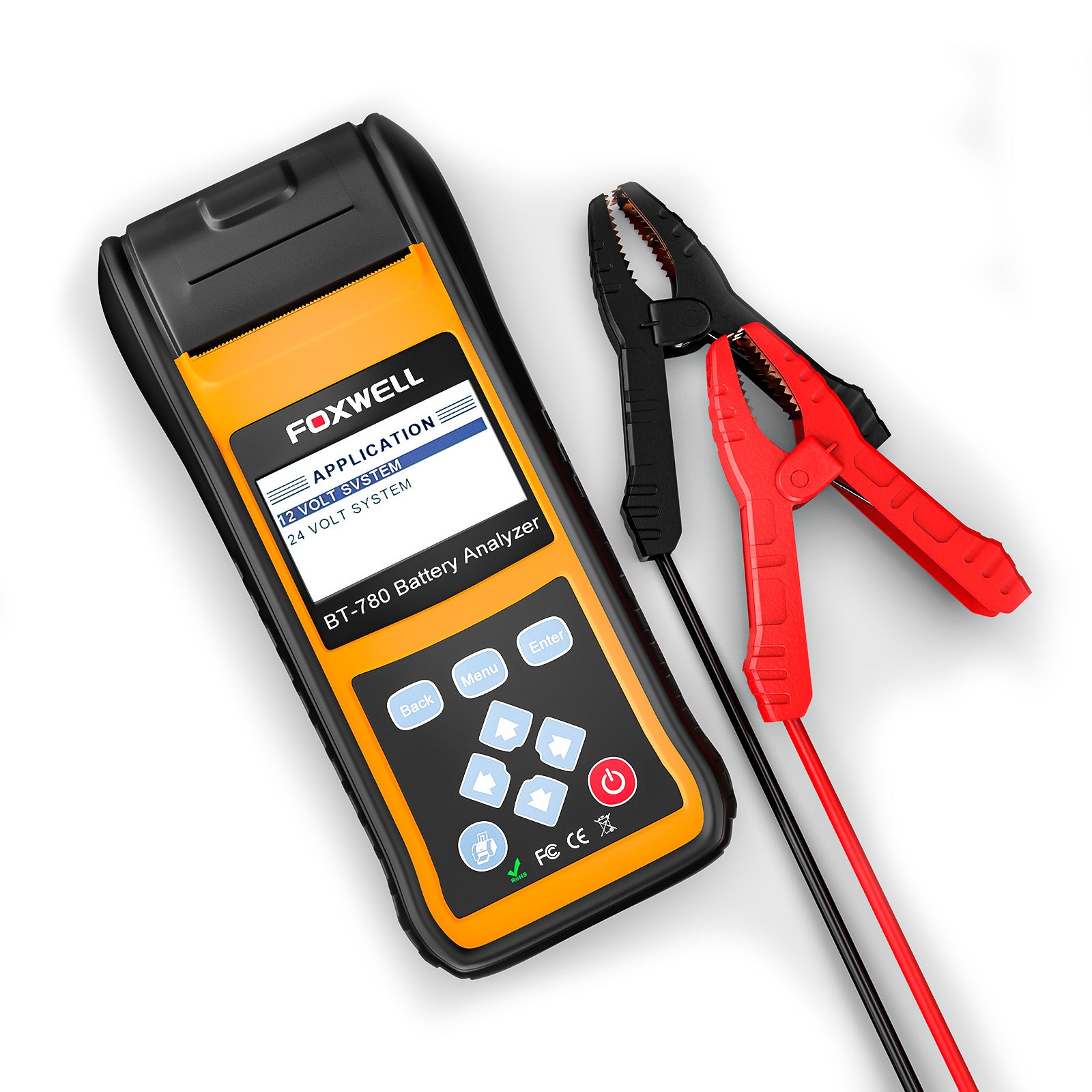
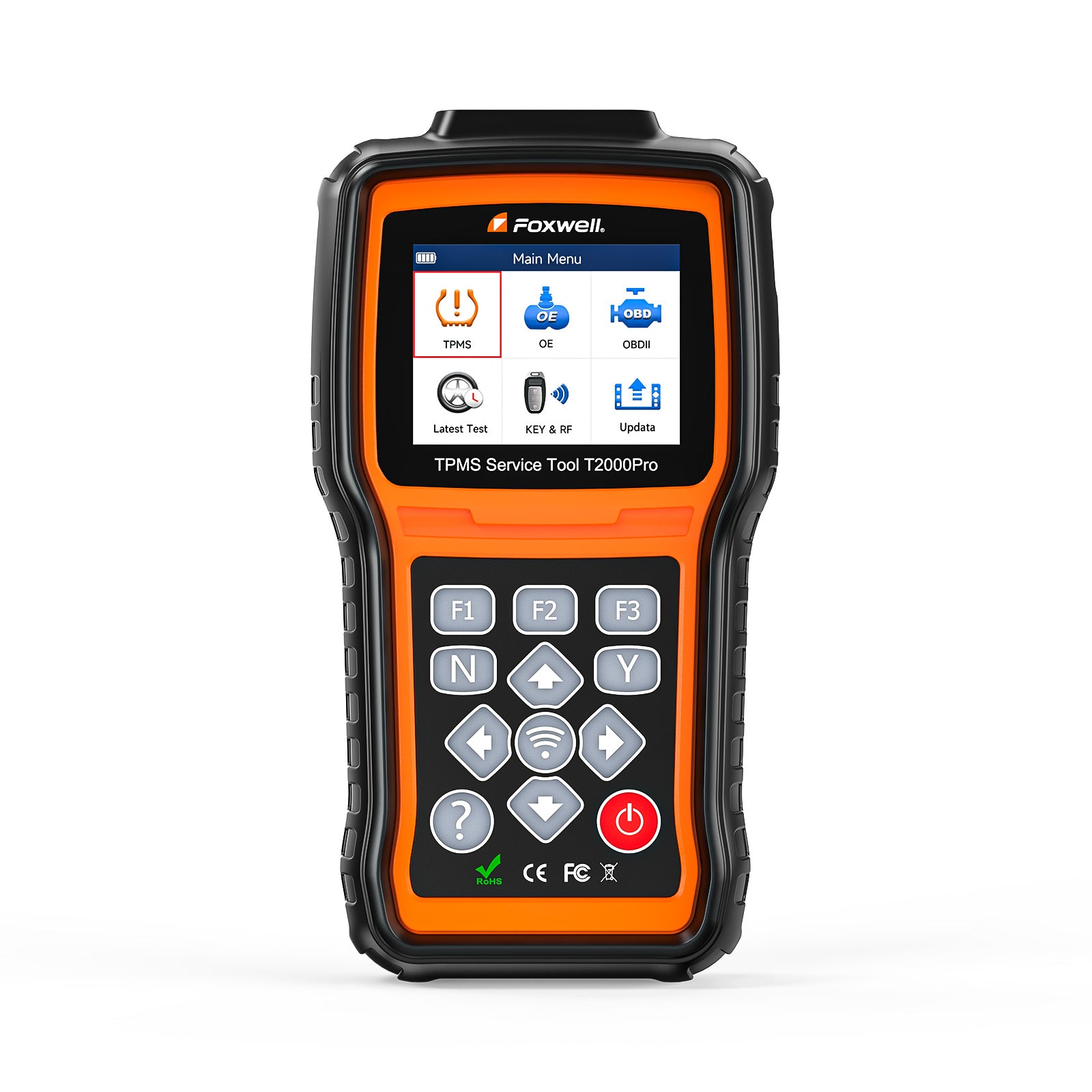
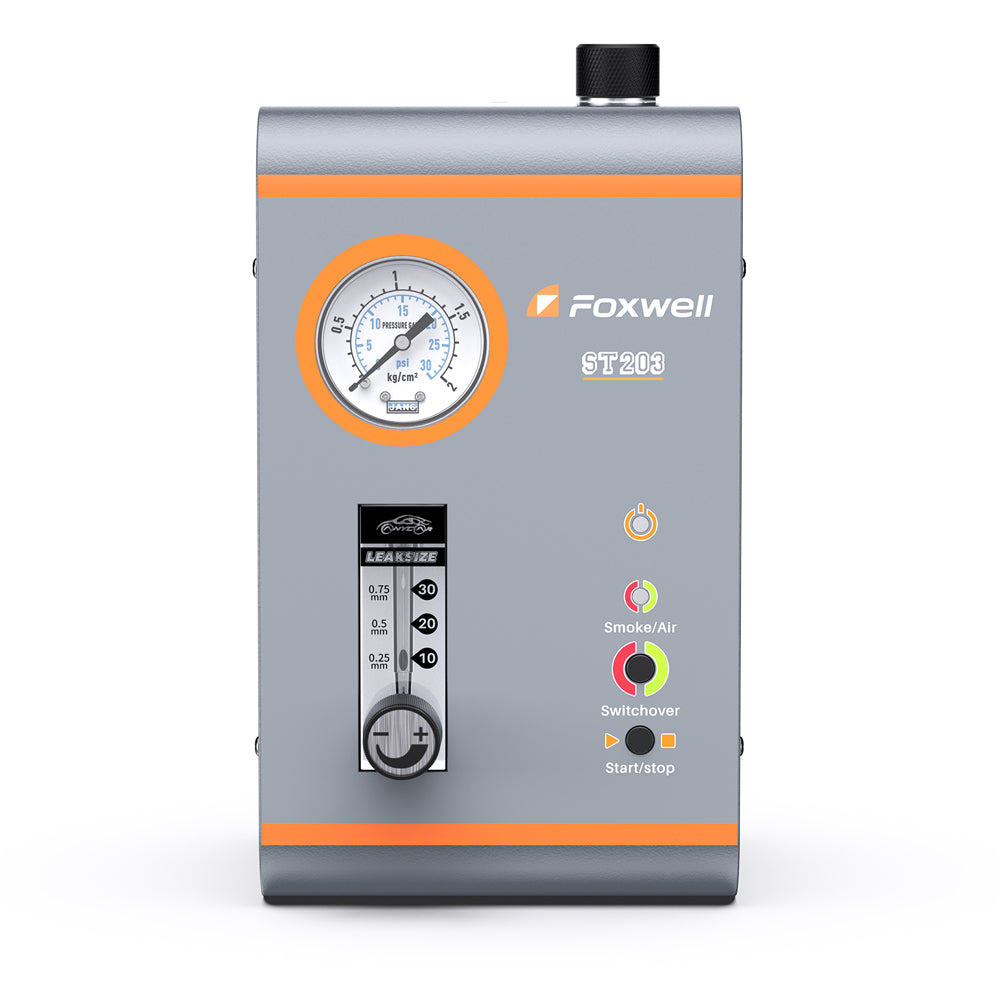
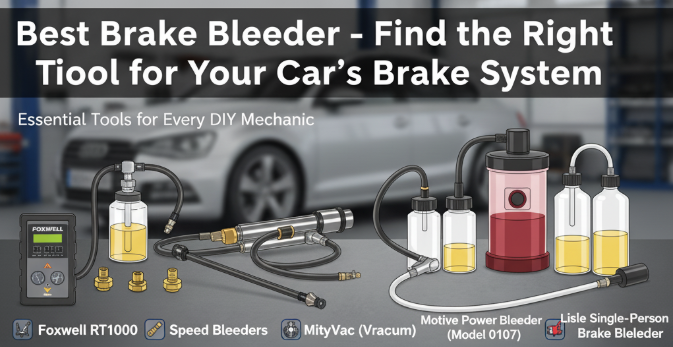
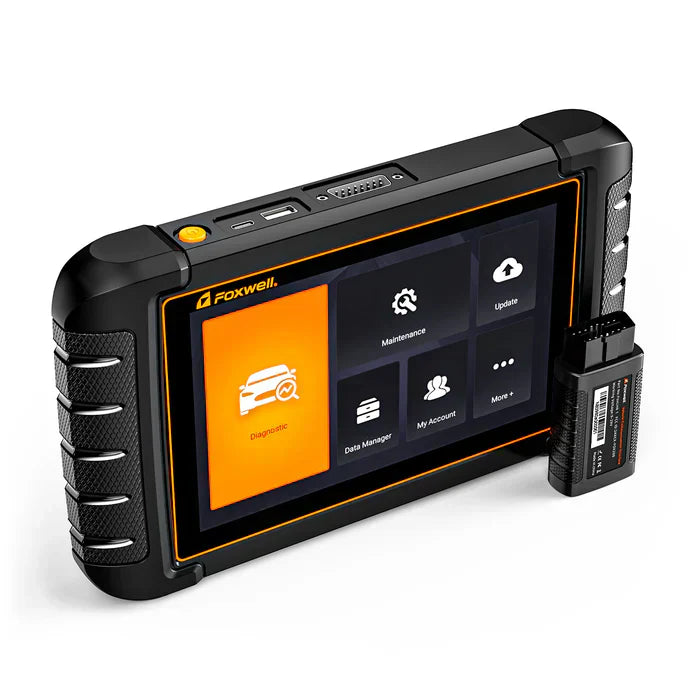
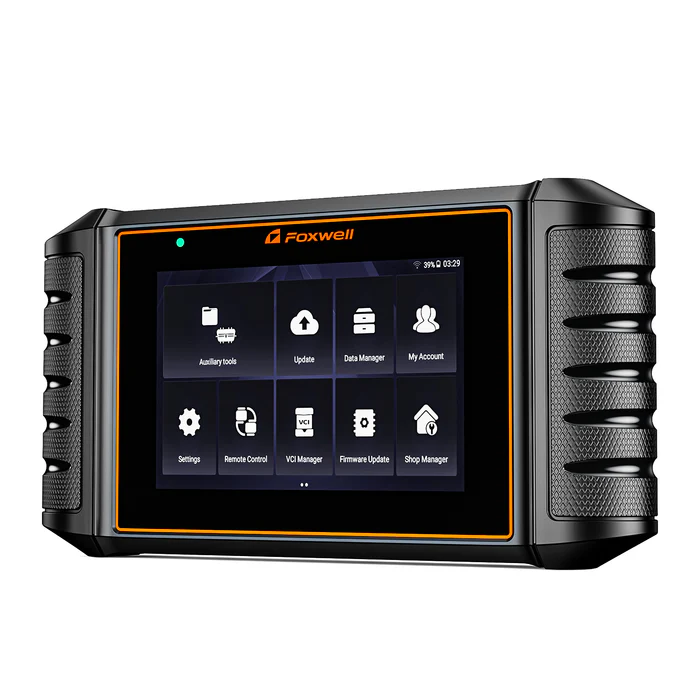
Leave a comment
This site is protected by hCaptcha and the hCaptcha Privacy Policy and Terms of Service apply.